Procrustes, 17 June 2020.
See: "Part 1 - Future Domestic Orders"
The second component of Dave Perry’s observation is not so obvious and would seem to fly in the face of one of stated goals of the National Shipbuilding Strategy (NSS), namely to seek out export markets for Canadian shipbuilders.[1] But this goal was always a non-starter.
There is a real Achilles heel in the whole NSS concept. Nobody seems to be serious about escaping Canada’s very limited domestic market via a concerted and more strategic search for exports. One of the many failings of our elected potentates and their bureaucratic mandarins, is their tendency to think that, by inserting the word ‘Strategy’ in the title of any of their noble undertakings, their job is done and that the details of actually implementing the strategy will take care of themselves. This is the essence of self-delusion. Big ideas and lots of processes are not enough. Some concerted follow-through is required.
Canada sports a long history of naval shipbuilding, a record that is unblemished by so much as a single export sale of a new warship! Our efforts to sell the Halifax-class patrol frigates abroad was half-hearted at best, and never featured a coordinated, inter-departmental marketing strategy. Thus far, there is scant evidence of export-oriented forward thinking. Instead, such sales efforts that have occurred to date have been left to the Irving and Seaspan shipyards, with little attention from Ottawa in this vital aspect of the whole NSS enterprise. This ‘please contact us if interested’ approach will not sell Canadian ships in today’s highly competitive international market.
Another key issue concerns whether Canada’s main naval shipbuilders will ever become competitive enough to win big orders overseas. ‘Protected’ shipbuilders, like our NSS ones, will always face this problem. This is especially relevant because each shipbuilder is essentially using foreign designs and then ‘Canadianizing’ them to add more content for Canadian suppliers. This approach is tone-deaf to the particular requirements of prospective foreign buyers. Perhaps the ultimate disadvantage of building ‘Canadianized’ ships is that they become so specific to Canada’s special needs and circumstances that nobody else wants them! By way of contrast, under its own National Shipbuilding Strategy, the UK has deliberately concentrated on one particular frigate design – the Type-31– that is intended primarily for an export market.
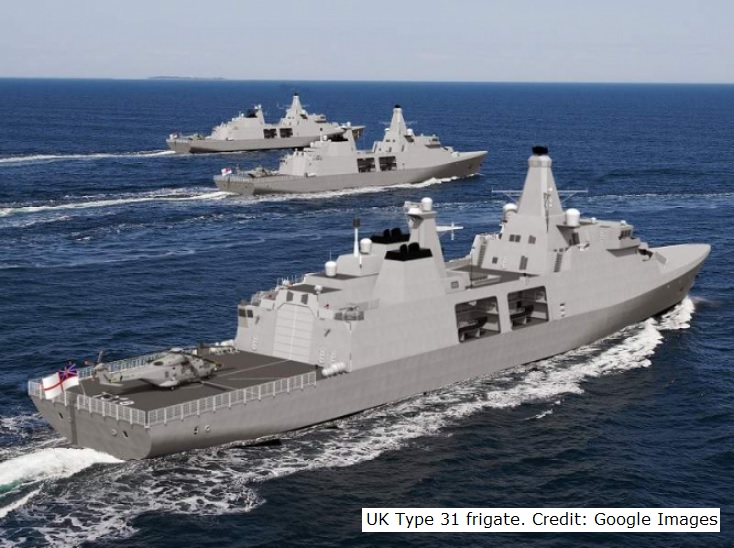
There is a big Catch-22 element to the NSS: to succeed in the long run it requires Canada’s shipbuilders to look beyond the domestic market and to aggressively pursue export orders. The ‘Catch’? The rigorously ordered, load-leveling, ‘continuous-build’ programs already underway permit no leeway to disrupt schedules and incorporate foreign orders.
Of course, NSS planners and the shipbuilders must have been aware of this conundrum from the outset. Ottawa – and the navy – would not look kindly on any effort to disrupt the scheduled delivery of their ships just so our shipbuilders could pursue more profits basically on the taxpayers’ dime. This might also explain our shipbuilders’ not-so-subtle pursuit of high-value maintenance contracts for the navy’s current patrol frigates, and for the AOPS when they are completed. As noted in Part 1 of this series, Irving’s Kevin McCoy stated that these contracts offer a vital buffer to help the shipyards manage the inevitable lulls and downturns in new ship construction programs and retain skilled workers that they might otherwise lose.
For Irving, for example, exports were never going to be possible under the carefully phased schedules that were to govern its two major NSS construction programs. Irving has no capacity to quickly expand its existing production facilities to take on new orders. The ‘continuous-build’ philosophy of the NSS precludes the possibility of any new orders or build programs until the very end of the 25 or so years. So, in essence, Irving is stuck until the last few years of the CSC program before it can mount a real sales effort for the ships it has been building. And by then, it will be too late, because the original AOPS design will be at least 30 years old, and the CSC design will be 20 or more years old, and its technology outmoded, by the time the last frigate is delivered to the RCN in the 2040s.
Does this mean that Canada is fore-doomed to experience yet another ‘boom-bust’ cycle for our carefully nurtured shipbuilding industry? So is it ‘build-in-Canada’ only for Canada? And, instead of ‘continuous-build’ is Canada headed for ‘continuous-bail-out’?
References
- David Perry, “The First Decade of the NSS,” Canadian Naval Review, Vol. 16, No. 1 (2020), p. 38.
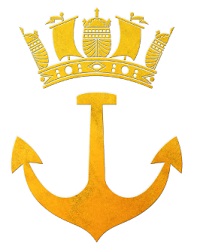
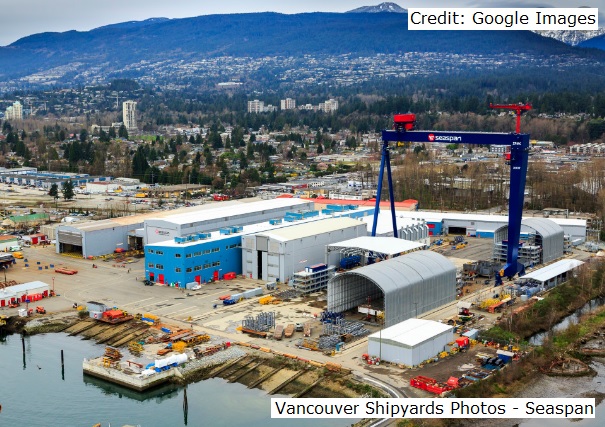
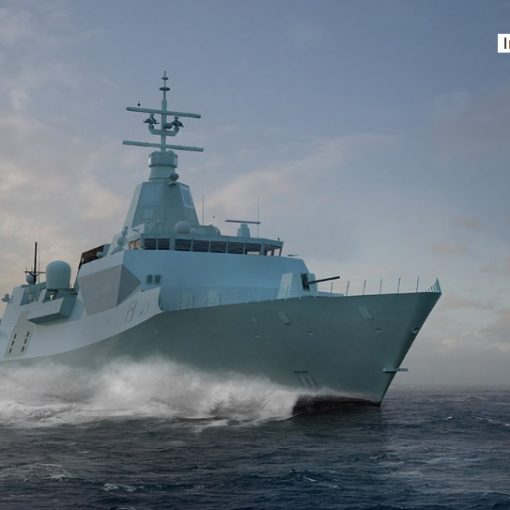
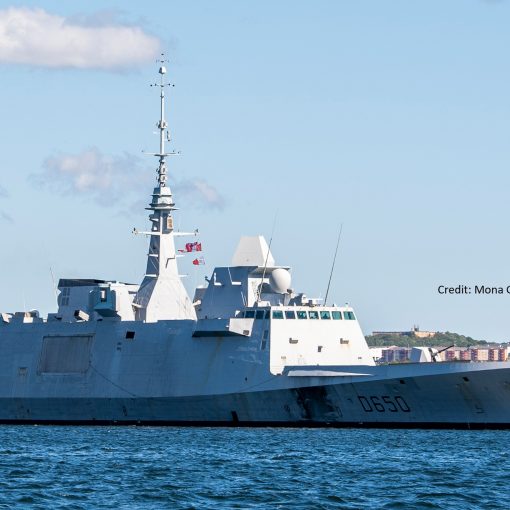
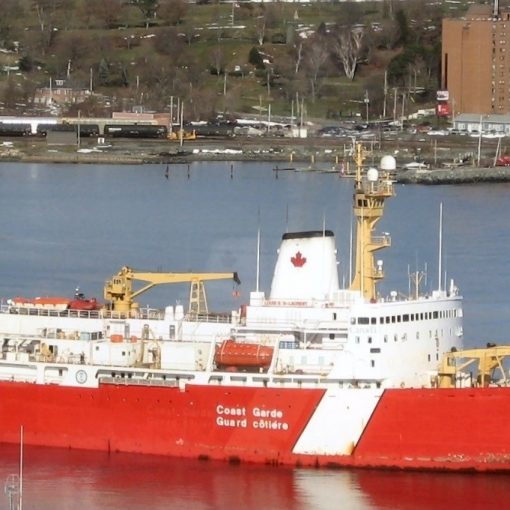
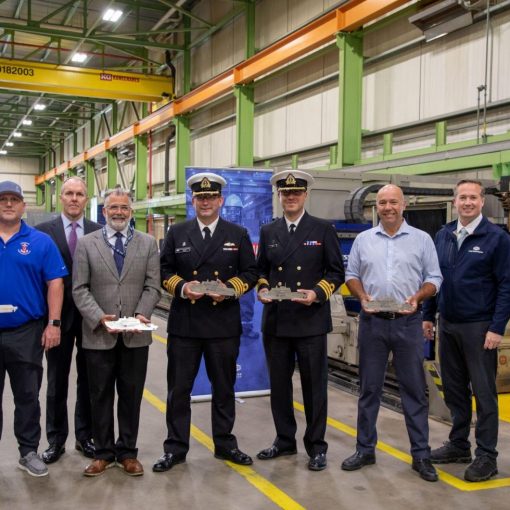
2 thoughts on “Bound to ‘Bust’? Part 2: The Myth of NSS Exports”
Is there any potential for commercialization of ‘made in Canada’ hulls like the AOPS and future ice breakers? Development of our Arctic resources will require a large number of ice capable ships. With an endurance of four months, a helicopter hangar, a vehicle bay and a 20 tonne crane the AOPS might be an effective year-round Arctic exploration and resupply platform. More ships in the water would yield more maintenance work to keep local shipyards employed. Competing for worldwide contracts could be difficult. Competing for local contracts may be easier.
AOPS does not have an endurance of four months both in food and fuel. It will have to be kept resupplied from the Arctic fuel depot. The ship does not have the hull form or ice breaking capability to be a year round ice breaker.